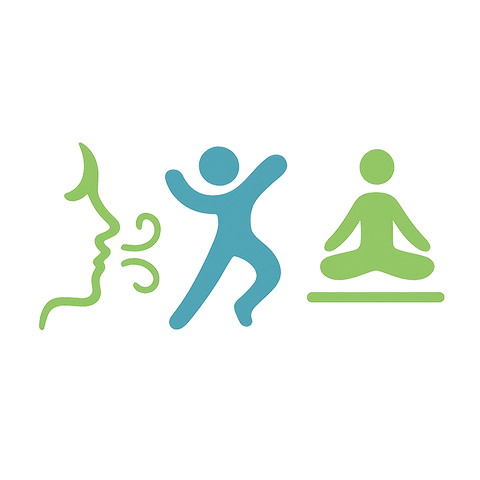Understanding the Vital Role of Rest Days in Endurance Training
Endurance training pushes the boundaries of physical and mental stamina, crafting athletes who can perform prolonged activities with efficiency and grace. Yet, amid the drive to improve fitness and activity levels, many overlook a fundamental component of successful training: rest days. These crucial pauses in training schedules are not just breaks—they are powerful tools that enhance performance, promote health, and safeguard long-term fitness.
Why Rest Days are Essential in Fitness and Training
When you engage in endurance activities like running, cycling, or swimming, your muscles endure micro-tears and your body undergoes physiological stress. The immediate aftermath of training might feel fulfilling, but without adequate rest, you risk overtraining syndrome, injury, and burnout. Rest days provide your body with the opportunity to repair muscle fibers, replenish energy stores, and recalibrate vital systems.
Moreover, rest days improve mental health. The endurance mindset demands perseverance and focus, but sustainable progress depends on mental rejuvenation. Taking time off invigorates motivation and sharpens concentration, helping you approach subsequent training sessions with renewed vigor and intent.
Health Benefits Beyond Muscle Recovery
Rest days also allow your cardiovascular system to recover. Continuous high-intensity endurance training can strain the heart and elevate the risk of inflammation. By interspersing rest days, you reduce these risks, promote better immune function, and maintain hormonal balance. This holistic health benefit is crucial for endurance athletes who prioritize longevity in their fitness journey.
Balancing Activity and Rest for Optimal Training
Integrating rest days does not mean abandoning activity altogether. Active recovery, such as light walking, gentle stretching, or yoga, can complement rest days by enhancing circulation without imposing extra strain. Finding your individual balance between active and passive rest ensures you remain engaged while securing the restorative qualities needed for optimal progression.
Remember, the philosophy of endurance training embraces sustainability. Progress is not achieved solely by pushing harder every day but by embracing the rhythm of work and recovery. Listening to your body, scheduling consistent rest days, and honoring their importance is a testament to wise training and genuine commitment to health.




